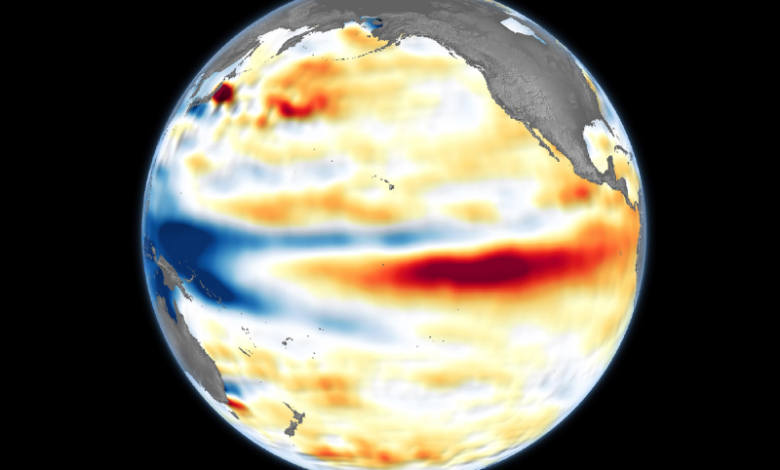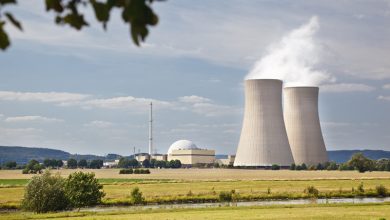La Nina Fades Fast: Earth Enters El Nino-Southern Oscillation Neutral Phase for 2025

In a rapid and surprising shift, the La Nina climate pattern that formed in January 2025 has now faded away, said by the U.S. National Oceanic and Atmospheric Administration (NOAA). The three month episode was one of the shortest and weakest La Nina events on record. Earth is now entering a neutral state in the El Nino Southern Oscillation (ENSO) climate pattern which is expected to continue until late 2025 or possibly longer.
La Nina is characterized by cooling in the equatorial Pacific Ocean and often is a driver of global extreme weather experiences including the increased number of hurricanes in the Atlantic Ocean, drier conditions in the Southern United States and wetter monsoons in Indonesia and southern Africa. However, this recent weak La Nina had minor impacts compared to the persistent three year La Nina that ended in 2023.
ENSO neutral conditions are defined as ocean temperature anomalies in the central and eastern Pacific ranging from -0.5 degree celsius to +0.5 degree celsius. Although ENSO neutral conditions may sound boring, they can also be difficult to predict which complicates forecasting weather over longer time scales. Unlike events of La Nina or El Nino, where the jet stream often behaves uniformly, ENSO neutral conditions allow additional local weather patterns to emerge.
While climatologists keep tracking sea surface temperatures, trade winds and atmospheric pressures in the Pacific, they still face the “Spring Predictability Barrier” each year, the time of year that makes predicting ENSO transitions exceptionally difficult. The models are still somewhat in agreement that the neutral trend will remain to late 2025 but surprises are still possible especially following the less predictable collapse of El Nino in 2024.
Although the ENSO is neutral, meteorologists advise caution. Although extremes may be less likely, the uncertainty warrants caution in planning for hurricane, drought and storm activity over the next several months.



